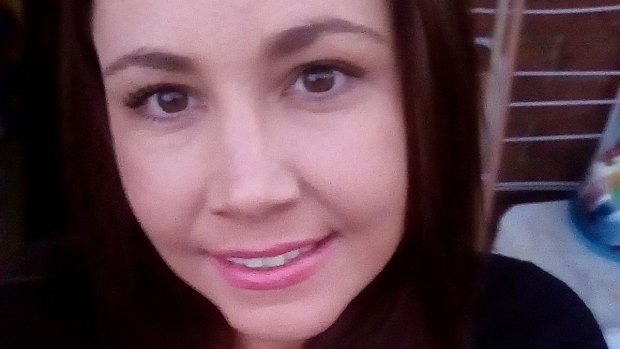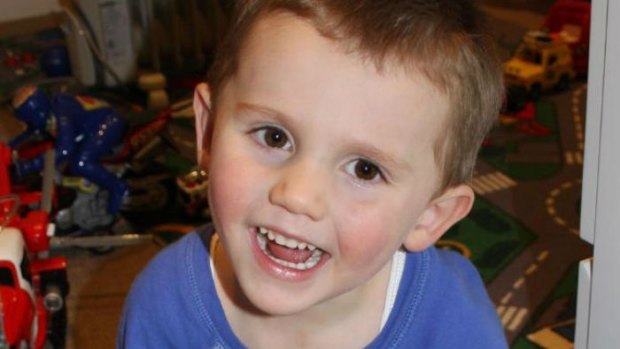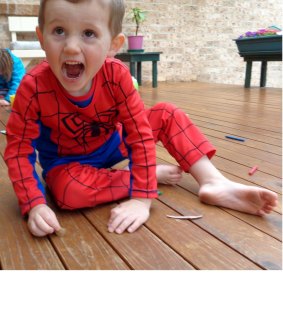New details about the family network that surrounded missing toddler William Tyrrell have been revealed as police stress his foster carers played no part in his disappearance.
Three-year-old William vanished from his foster grandmother's backyard on the NSW mid north coast in 2014.
The disappearance of the toddler in a quiet cul-de-sac in the sleepy town of Kendall sparked an intense and ongoing homicide investigation.
Police now believe William, who was dressed in a Spiderman suit at the time, was abducted while playing outside his grandmother's home.

William Tyrrell's biological mother Karlie Tyrrell.Credit: Facebook
Reporting of the case was complex as legal restrictions prevented the publication of William's status as in "out of home" care.
However, a NSW Supreme Court Judge has ruled that detail can be released after finding the matter was of "legitimate public interest".
The ruling has eased restrictions around identifying William's biological mother and the couple William was in out-of-home care with.
William's biological mother and father are Karlie Tyrrell and Brendan Collins from Sydney's western suburbs and William was placed in foster care when he was a baby.

William Tyrrell was in foster care when he disappeared.Credit: NSW Police
His foster parents, who Fairfax Media has decided not to name, live on Sydney's north shore.
Amid the intense media reporting that followed the NSW Supreme Court ruling, police dispelled any insinuation the foster care status was linked to William's disappearance.

William Tyrrell in his favourite Spider-Man suit.Credit: NSW Police Media
"We are well aware of William's circumstances," Homicide Squad Detective Chief Inspector Gary Jubelin said.
"It doesn't impact on the investigation, if anything it is a distraction at this stage.
"William was being raised in a loving family environment and it did not play any part in his disappearance."
William and his foster family had travelled from Sydney to his foster grandmother's house in Kendall on September 11, 2014. The next morning William went missing.
Despite almost 700 persons of interest, a $1 million reward offered and numerous public appeals, William has not been found.
There are almost 20,000 children in out-of-home care in NSW but state legislation provides certain restrictions on publication of their names and identifying information.
In his ruling in January, Justice Paul Brereton noted there was "substantial public interest" in the integrity of the out-of-home care system.
In making his decision, Justice Brereton also raised "the tragic probability that [William] is no longer alive".
"Moreover, the truth has to date been obscured: the public has admittedly been given to think that [his] carers are his parents," he said.
"There is a substantial public interest in accountability and scrutiny of the out-of-home care system, and in accuracy of reportage of the circumstances of his disappearance."
The decision was upheld by three judges of the NSW Court of Appeal on Wednesday.
Along with the legal complications, William's foster parents were also reluctant to expose his siblings to public scrutiny.
"It's important because there are children involved and they're young. They deserve an opportunity for privacy," his foster mother said in 2015.
"They deserve to grow up as individuals and not grow up being known as the brother or sister of the little boy who went missing.
"So if our faces are known by the general public, if we walk down the road, people will know by association who William's sister is."
There is no suggestion that either William's biological or foster families were involved in his disappearance, have any knowledge of his whereabouts or are at fault in any way.